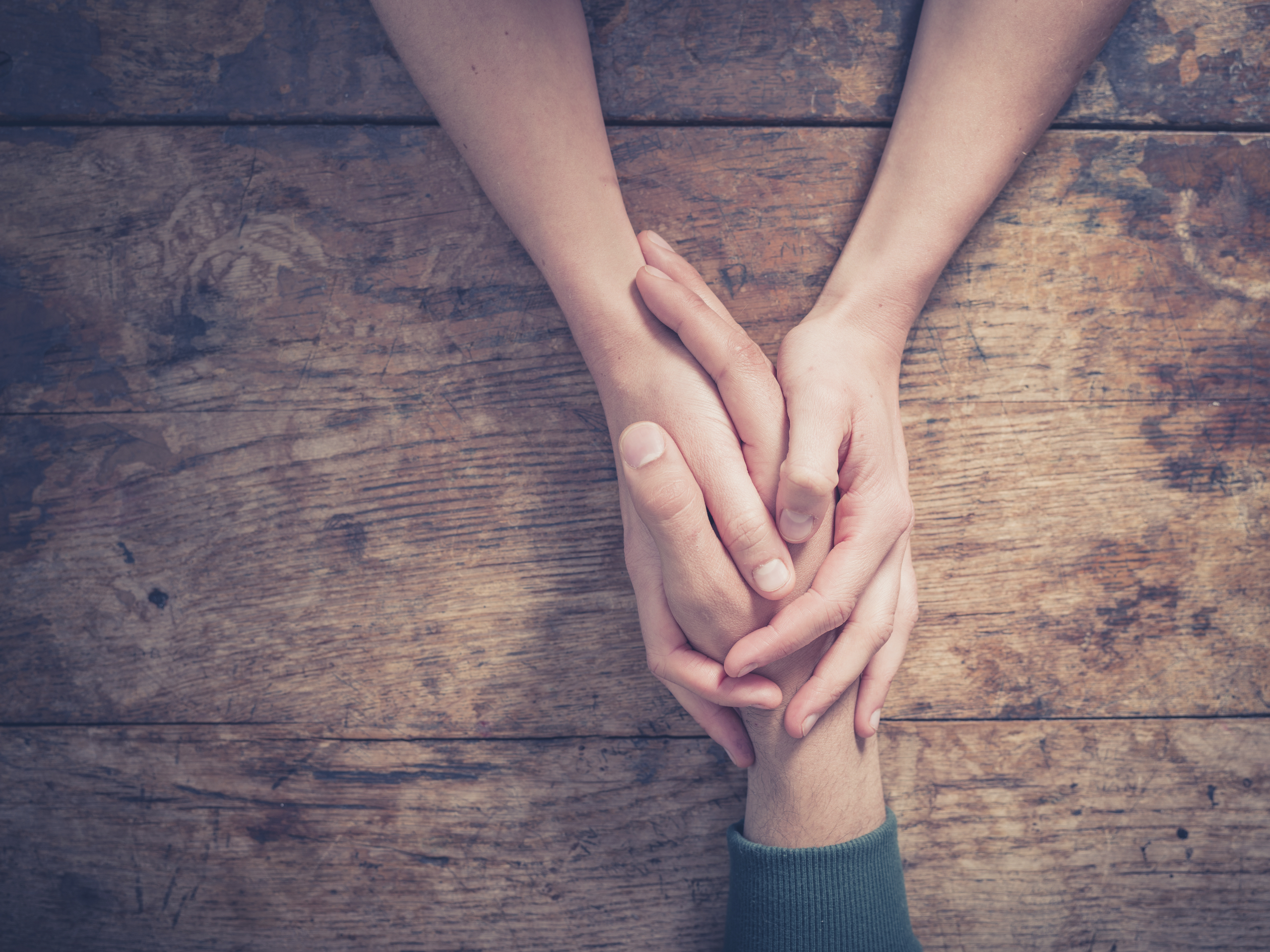When people can see the struggles that others have, they tend to treat them with more compassion and understanding. For instance, it would be strange for someone to get angry with someone who has two broken legs for not running a marathon. When people can see the cast or the injury, their empathy and understanding rises. Empathy and understanding are interesting, however, because as easily as people can muster them up for those with pain they can see, they seem to be elusively difficult for people to find when they encounter those with hidden ailments.
I work in a field where people struggle every day with unseen psychological pain. From literal brain injuries to excesses or deficiencies in particular neurotransmitters, psychological injury is just as real as physical injury. The only difference is that we cannot see it. Imagine if you could, though. Imagine if when someone said something impulsively or angrily, you had the ability to actually see an injury, however slight, in that person’s frontal lobes that inhibited him or her from having the type of self-control you wished he or she would have exhibited in that moment. Imagine how that might change your response to that person.
I chose to study psychology because I fundamentally believe that we are a fascinating species. Our compassion can be immense, but so, too, can our anger and our judgment. After accumulating more than 18,000 hours of clinical counseling experience and hearing thousands of stories, the most powerful takeaway I’ve been fortunate to gain is that everyone has a story, and that there is always a reason why people do the things they do.
People do not act in a vacuum. The reason for their behavior might stem from environment, experience, or from some neurological cause, but there is no doubt that a reason exists for the actions people take. When most people look at the anger and hatred of others, or even the horrific acts committed, they make a judgment that can appear to assume that those who act in harmful ways have perfect upbringings, perfect environments, and perfect neurological functioning. But the harsh reality is, that is far from the truth.
Where others see anger, violence, and abuse, I see pain. Where others see annoying, irritable, or braggadocious individuals, I see pain. Where others see hatred, I see pain. I see pain in all of it. I see pain everywhere I look. And seeing pain has changed me, because I no longer look at people in the same way as I did when I made the inaccurate assumption that there was a lack of pain. To me, emanating empathy and understanding is way of life; but that’s because I have learned to see the invisible pain of the world. I see the psychological bruises and metaphorical mental casts. Because I see what I see, I have learned to not take things personally; instead, I’ve learned to listen to the pain people are exuding.
It is my belief that when others take the time to see the invisible pain of the world, they will also feel more compassion and empathy, and less anger. But then again, that is just my belief, and I realize that it stems from my own environment, experience, and neurological functioning. Still, when you see the pain is not perceived to be there, you have a better chance to approach it with the love that can be there.










